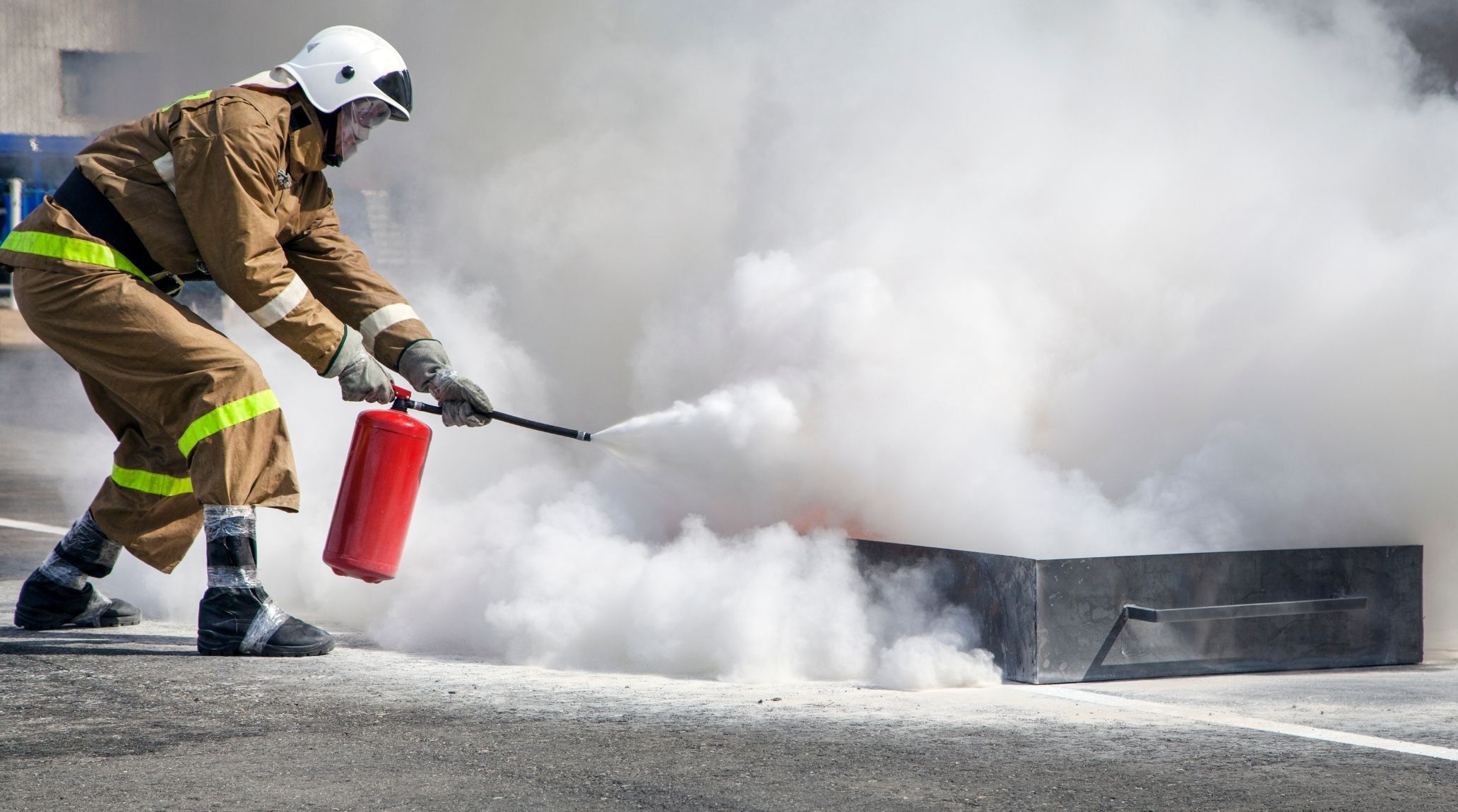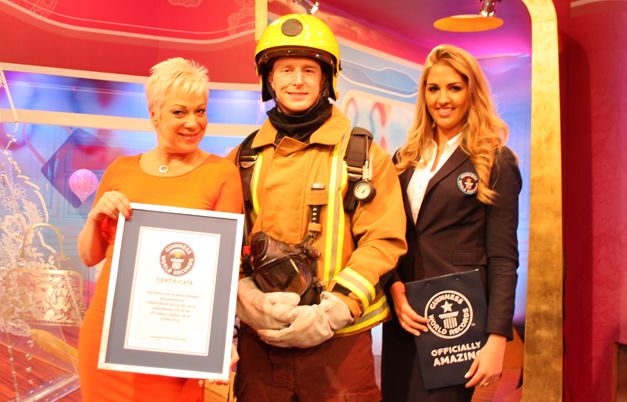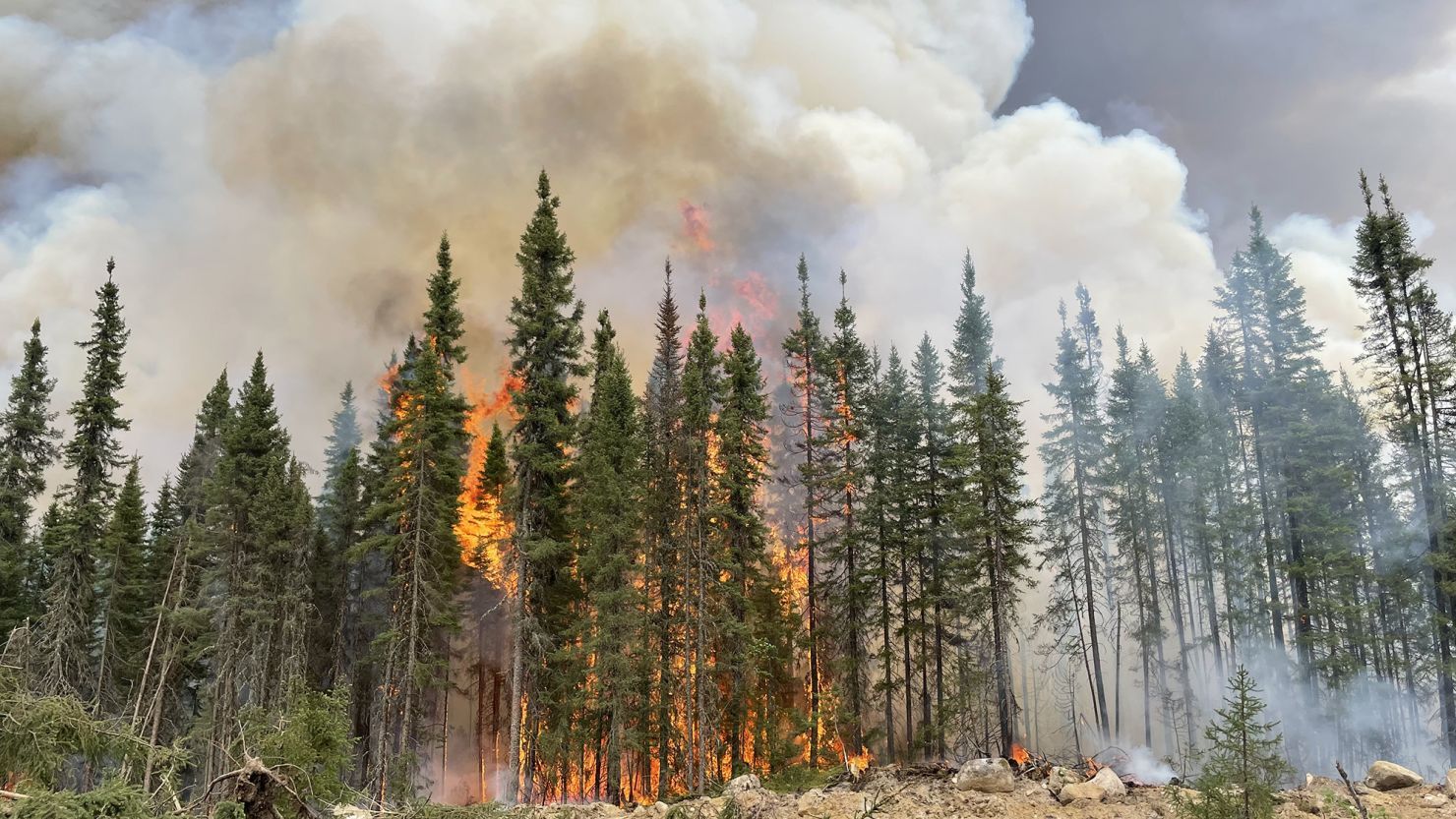
“
Fire safety is a critical aspect of home and workplace security, encompassing various measures and technologies designed to prevent, detect, and mitigate fire hazards. From basic preventive tools like fire extinguishers to advanced systems such as smoke detectors and sprinklers, understanding these essentials can make a significant difference in emergencies. Here, we delve into 20 intriguing facts about fire safety that highlight the importance of preparedness and vigilance.1
1
”
Fire extinguishers are indispensable tools classified based on the types of fires they can suppress. Class A extinguishers tackle ordinary combustibles like wood and paper, while Class B handles flammable liquids, and Class C is for electrical fires. 1
Smokers' materials, though causing only 7% of fires, result in 20% of fire-related deaths. It's crucial to have proper equipment like smoke detectors and know how to respond to these high-risk fires. 2
Smoke inhalation is deadlier than flames, causing 50-80% of fire-related deaths. Asphyxiation from toxic gases occurs before flames reach you. Early smoke detection is vital to prevent this silent killer. 3
Fire Drills are conducted to practice evacuation procedures. These drills familiarize occupants with escape routes and assembly points, ensuring a coordinated response during an actual fire incident. 4
Kitchen appliances are the leading cause of fires, responsible for 48% of incidents. In workplaces like hotels and restaurants, it's essential to conduct fire risk assessments to identify and mitigate these hazards. 5
Firefighter Gear provides essential protection during firefighting operations. From helmets to turnout coats and gloves, this specialized gear shields firefighters from heat, smoke, and falling debris, enabling them to operate effectively. 6
Fire Blankets, made from fire-resistant materials, are versatile tools. They can smother small fires or provide temporary protection by wrapping around individuals to shield them from flames, offering critical protection in emergencies. 7

The fastest time to dress a fireman is 27.08 seconds, achieved by Nicolas Fox and Michael Gerber, both from the Feuerwehr Emmendingen fire station, in Rust, Germany, on 27 June 2013.
Fire Doors, designed to withstand fire and prevent its spread, are integral to building safety. They compartmentalize spaces, slowing down the fire's progress and providing vital time for evacuation. 8
Fire Hydrants connect to underground water mains and are indispensable in firefighting operations. They provide firefighters with a readily available water supply, which is crucial for extinguishing fires efficiently.9

Wildfires, particularly in dry and windy conditions, pose significant challenges. Their rapid spread makes them difficult to control, requiring specialized firefighting techniques and resources to protect communities and natural habitats.
Carbon Monoxide Detectors are essential for detecting this odourless gas, which can be deadly in enclosed spaces. Early detection alerts occupants to potential dangers, enabling timely evacuation and preventing carbon monoxide poisoning.10
Heating is the second leading cause of residential fires and fire deaths, especially in single-family homes, where heating systems are often not professionally maintained, unlike in apartments. 11
Fire Safety Education begins early, teaching individuals about fire hazards and prevention strategies. Educational programs emphasize the importance of smoke detectors, escape planning, and safe practices in homes and public places. 12
Fireproof Safes protect valuables and documents from fire damage in homes and businesses. These safes are designed to withstand high temperatures, preserving sensitive materials during emergencies.13
Fire-resistant Materials used in building construction enhance safety by slowing down fire spread. Retrofitting buildings with these materials improves structural integrity and increases occupants' safety in case of fire.14
Fire alarms have evolved significantly, with modern systems often interconnected wirelessly. This connectivity ensures that if one alarm detects smoke or fire, all alarms in the building sound simultaneously. 15
Senior citizens and children under five face the highest risk of fire-related deaths due to their limited mobility and slower response times, making fire safety measures especially crucial for these vulnerable groups. 16
Always keep fire extinguishers easily accessible. Do not block them with equipment or other obstacles, as this could delay response time during an emergency, putting lives and property at greater risk. 17
Regularly inspect electrical wires for any signs of damage, such as fraying or exposed conductors, and promptly replace them as needed to prevent potential fire hazards and ensure safety. 18


